March 2017 Gaston County Bee Association and Captured First Swarm…Long Distance!
Gaston County March 2017 Beekeepers Association Monthly Meeting
- Began with prayer and general business meeting including announcements.
Tonight’s Program on Pests, Pollinators, and Plants
- Identify the pest and understand its biology. Biggest problem is the misidentification of the pest to begin with causing misuse of chemicals to control pest.
- Not all damage is caused by pests.
- Monitor the Pest to be managed. Use scouting and trapping to monitor pest populations.
- Determine if threshold levels have been reached. Thresholds are the pests population levels at which we should take pest control actions.
- Develop control strategies. Chemical control is usually what we try first, but in truth should be our last method of attack. Try everything else first.
- Implement your integrated Pest Mamnagement Program. Use the most effective method that is least harmful to humans and the environment.
- Record and evaluate results. Keep notes on what you are doing.
- Control Failure Causes – incorrect Pest identification, incorrect dosage and application method, poor timing of treatment, development of a new investation after the first treatment.
Plants for Pollinators: (Top 25 Native Plants for Pollinators)
- Wild Indigo
- Virginia Spiderwort (often considered a weed)
- Purple Coneflower
- Stoke’s Aster
- Lanceleaf Blanketflower
- Bee Balm
- Foxglove Beardtongue
- Golden Alexander
- Milkweeds (lots of different kinds)
- New Jersey Tea
- St. John’s Wort
- Great Blue Lobelia
- Blazing Star
- Rattlesnake Master
- Mountain Mint
- Button Bush
- Blue Vervain
- Culvar’s Root
- Spotted Horsemint
- Asters
- Climbing Aster
- Joe-pye Weed
- Boneset
- Goldenrod
- New York Iron Weed
Suzanne’s Observations” and Quick Thinking Nets Our Apiary Its First Swarm!
Below are photos of my wife Suzanne’s good observation skills and quick thinking. She called me with her observation. I had her make photos as I called Chris Murphy, a fellow beekeeper, and asked him to asssit me as I was in West Jefferson gathering equipment for our new beekeepers. Chris responded quickly and after two attempts was able to move the swarm into my nuc which has been waiting for a swarm for two years. I am now in our monthly Gaston County Beekeepers Association monthly meeting and can hardly wait to get home to see my new bees! My guess is this is a swarm from Queen Harper’s Hive (Hive #3 in my Apiary).





 Last Night of Bee School:
Last Night of Bee School: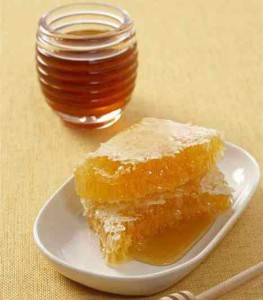 Tonight should be interesting as we learn how to get the payback for helping our pollinators. I am proud of our MHSEABS (Mount Holly Smith Educational Apiary Bee School.
Tonight should be interesting as we learn how to get the payback for helping our pollinators. I am proud of our MHSEABS (Mount Holly Smith Educational Apiary Bee School.
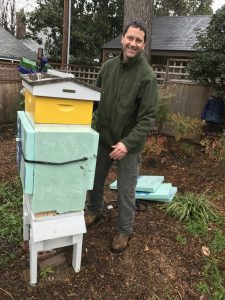


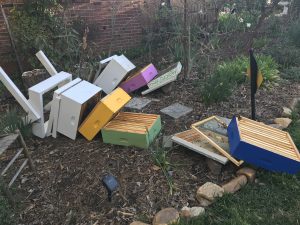

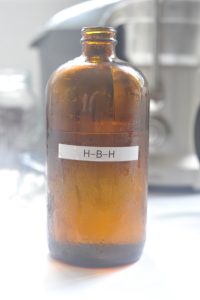 “HONEY BEE HEALTHY”
“HONEY BEE HEALTHY” Our Apiary was honored to have a visit from Alan Thompson, president of the GCBA (Gaston County Bee Association). He was very pleased with what we are doing and is looking to find ways the GCBA may help us and be involved in our educational efforts. For the short term, we will now be recognized by this association and we can recognize our Apiary as part of the instructional effort of the GCBA. This is exciting news as we continue to move forward with our “hands on” instructional bee school.
Our Apiary was honored to have a visit from Alan Thompson, president of the GCBA (Gaston County Bee Association). He was very pleased with what we are doing and is looking to find ways the GCBA may help us and be involved in our educational efforts. For the short term, we will now be recognized by this association and we can recognize our Apiary as part of the instructional effort of the GCBA. This is exciting news as we continue to move forward with our “hands on” instructional bee school.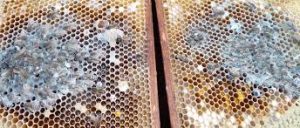
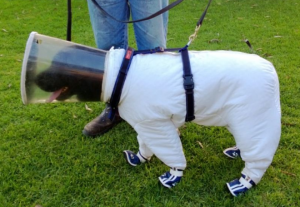 Decisions, Decisions…
Decisions, Decisions…